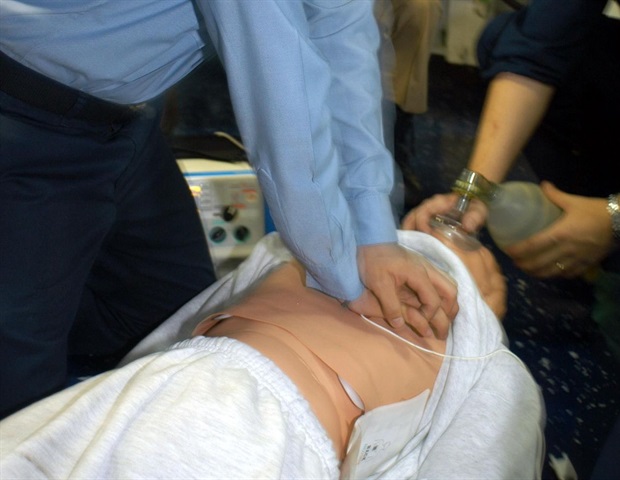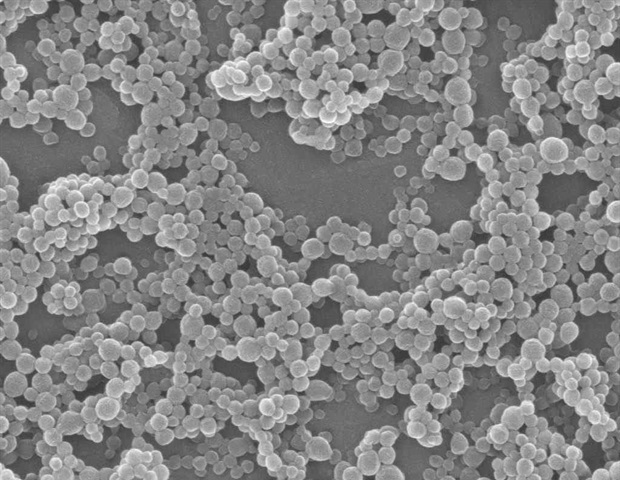
Tiziana Life Sciences Ltd. (“Tiziana” or the “Company”), a biotechnology company developing breakthrough immunomodulation therapies via novel routes of drug delivery, today announced acceptance of a publication, “Nasal Administration of anti-CD3 monoclonal antibody (mAb) ameliorates disease in a mouse model of Alzheimer’s disease”, in the preeminent journal, Proceedings of the National Academy of Sciences (PNAS), that supports foralumab’s mechanism as a potential treatment for Alzheimer’s disease (AD), a difficult-to-treat neuroinflammatory disease. This is the second publication pertaining to intranasal administration of anti-CD3 monoclonal antibody this year to be published in PNAS.
This study shows that intranasal anti-CD3 ameliorates disease in a rodent model of AD by targeting microglial activation in the brain and brain gene expression independent of affecting amyloid beta deposition. These studies identify a novel approach to treat Alzheimer’s disease.
Howard L. Weiner, M.D., a Robert L. Kroc Professor of Neurology at the Harvard Medical School, Director and Founder of the Partners Multiple Sclerosis Center and Co-Director of the Center for Neurologic Diseases at Brigham and Women’s Hospital, a founding member of Mass General Brigham Healthcare System and Chairman of Tiziana’s Scientific Advisory Board, stated, “I am proud to be the senior author on this seminal publication showing that anti-CD3 mAb mitigates Alzheimer’s disease in a rodent model. Remarkably, we found this benefit occurred independent of reduction of amyloid beta plaque in the brain. This finding demonstrates a unique mechanism of action that can now be tested in humans using foralumab, a fully human anti-CD3 mAb, foralumab, in which we modulate microglia by inducing T cells in the periphery that migrate to the brain. This represents a unique approach to treating Alzheimer’s disease that could also potentially be employed in combination with anti-amyloid therapy. The neuromodulation of the T cell inflammatory response we observed in the brains of Alzheimer’s mice is consistent with multiple sclerosis research we have conducted at the Ann Romney Center and validates our scientific rationale for testing foralumab in Alzheimer’s patients after the recent IND clearance by the United States Food and Drug Administration.”
We’ve now have had two seminal publications in the esteemed journal PNAS related to novel and significant research on intranasal anti-CD3. It has been established through both publications that intranasal anti-CD3 positively modulates the immune system allowing Tiziana to explore foralumab in multiple neuro-inflammatory disease indications in addition to our ongoing research in non-active secondary progressive multiple sclerosis. We believe this scientific publication, along with the groundbreaking research continuously being conducted by our partners at Brigham and Women’s Hospital led by Dr. Weiner, greatly increases the utilization potential of our foralumab portfolio.”
Gabriele Cerrone, Executive Chairman, Founder and Acting Chief Executive Officer, Tiziana
Study rationale
Alzheimer’s disease is a neurodegenerative disease characterized by amyloid beta (Aβ) plaques, neurofibrillary tangles, and microglial activation. Neuroinflammation is a major component of AD. Microglia are the primary immune cells of the brain that help both maintain homeostasis and react to injury. Studies showing activated microglia and astrocytes surrounding Aβ plaques suggest significant involvement of inflammatory pathways in Alzheimer’s disease. Therapies targeting Aβ have shown positive effects in subjects with AD. Nasal anti-CD3 has been shown to treat animals with a progressive form of experimental autoimmune encephalomyelitis (EAE), a model for multiple sclerosis, by inducing regulatory T cells that dampen microglial inflammation in the brain.
Study design
In this study, mice were treated three times a week with intranasal anti-CD3 for five months and compared against isotype control or saline. In the treated mice, the study found modulation of the activated microglia phenotype, changes in gene expression patterns in the brain and improved cognition, which all occurred independent of affecting amyloid beta deposition. Modulation of activated microglia was measured in treated mice by sorting the microglia using microglia-specific markers and performing a gene expression analysis using the Nanostring mouse myeloid panel and comparing treated mice versus control. Changes in gene expression were measured in the cortex and hippocampus. Cognition was measured including spatial learning and long- and short-term memories as assessed by the Morris water maze and the novel arm Y-maze behavioral test. Amyloid beta accumulation was measured by immunofluorescence in the hippocampus and prefrontal cortex areas of the brain.
Source:
Journal reference:
Lopes, J. R., et al. (2023) Nasal administration of anti-CD3 monoclonal antibody ameliorates disease in a mouse model of Alzheimer’s disease. PNAS. doi.org/10.1073/pnas.2309221120.







